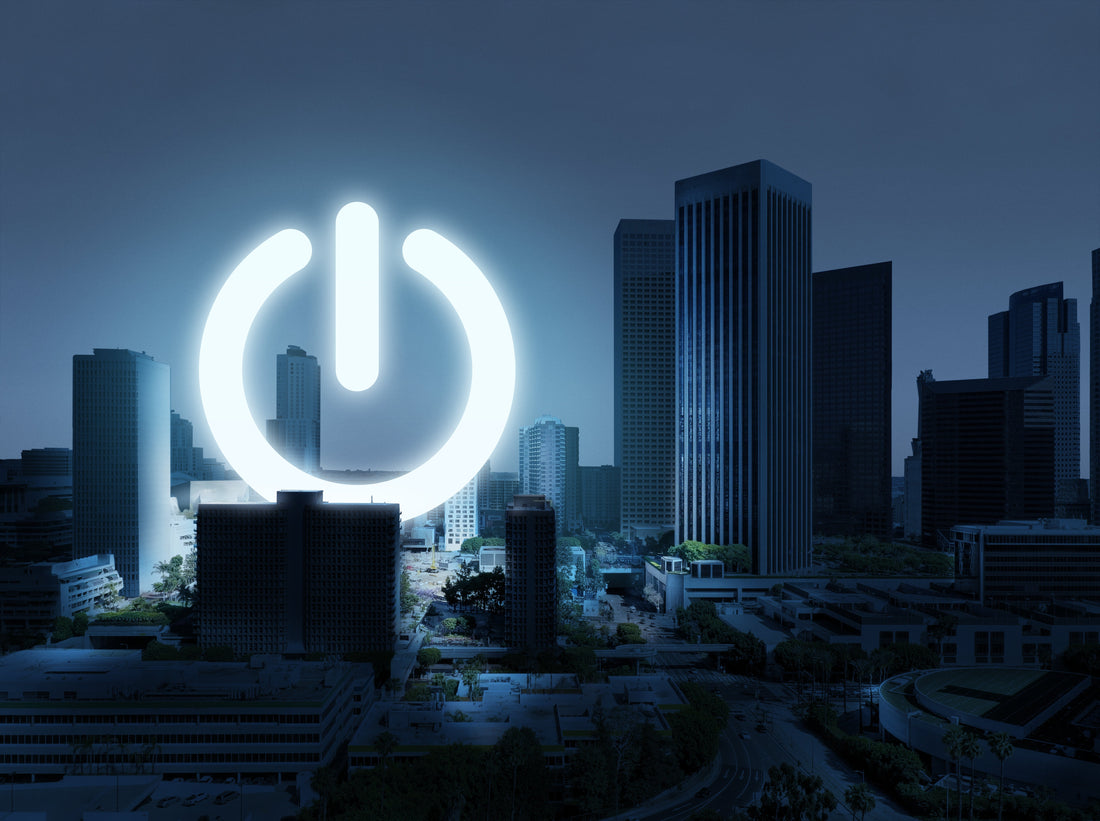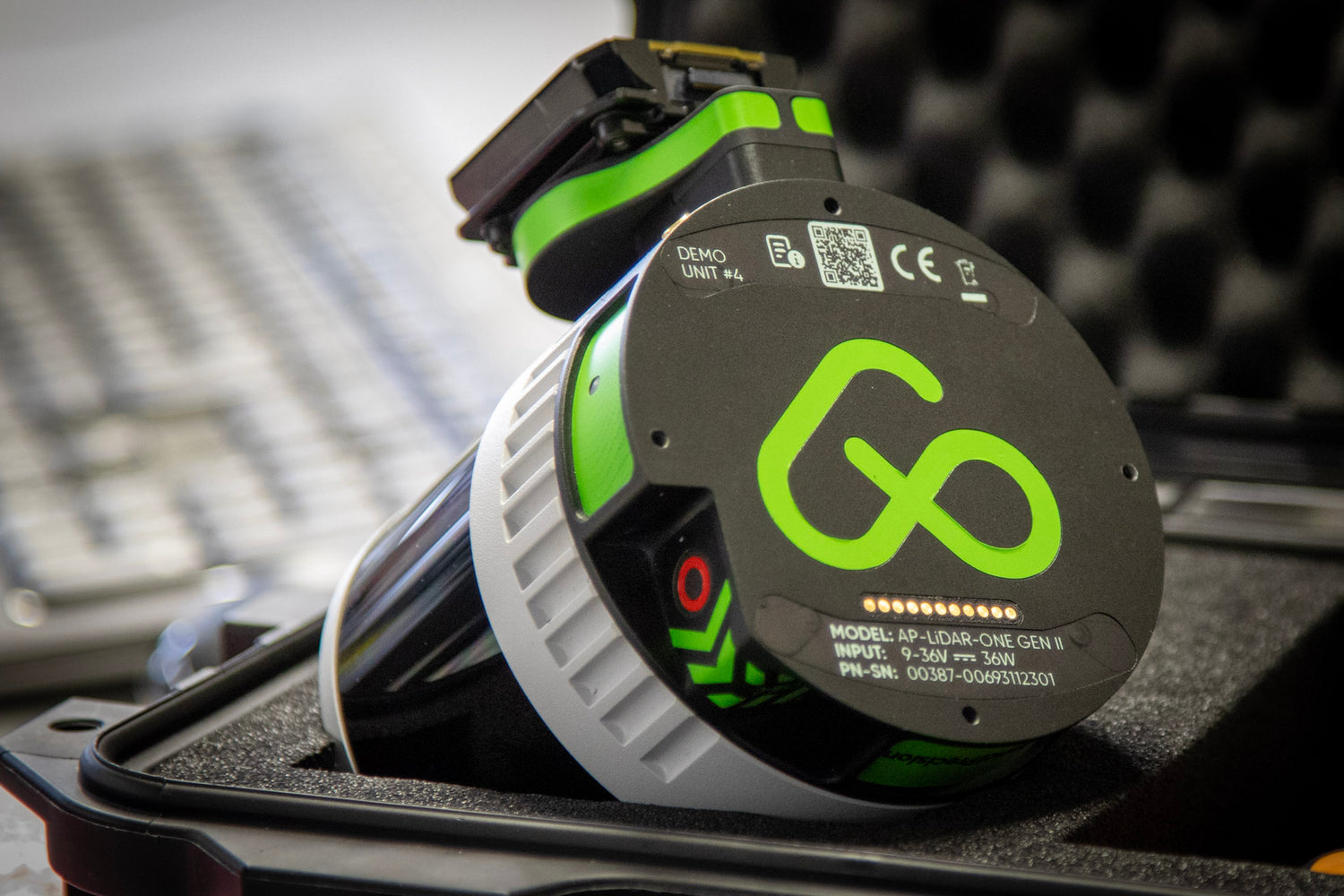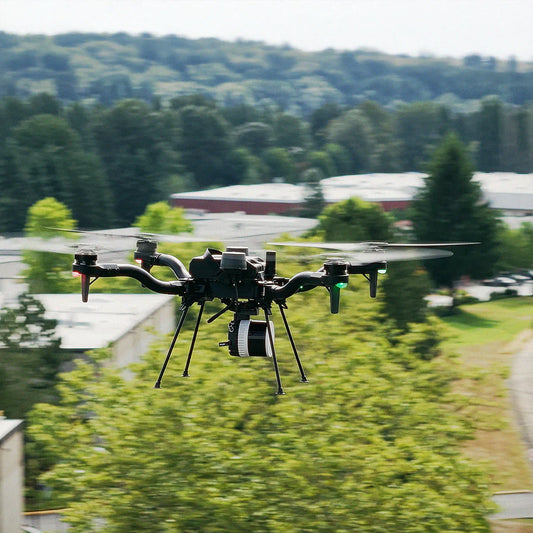
When the lights go out: what LiDAR professionals can learn from the Iberian Peninsula power outage
Ana Rouxinol
On April 28th, 2025, a massive power outage hit the Iberian Peninsula, plunging Spain, Portugal and parts of France into darkness. With over 60 million people affected, transportation systems, hospitals, communications, and businesses reached a standstill. The blackout was a critical wake-up call for those who rely on technology to operate in the field, such as LiDAR professionals.
This unexpected disruption exposed how vulnerable traditional workflows can be in a sector that depends heavily on energy and stable connectivity. But it also highlighted the need for robust, energy-efficient, and cloud-independent solutions.
How power outages disrupt field operations
For surveyors and mappers using LiDAR, power loss doesn't just mean a paused project. It can translate into:
- Inability to charge essential equipment and drones
- Loss of internet and cloud services required for syncing or backing up data
- Halted data processing workflows
- Risk of losing unsaved work
- Delays in client delivery and project deadlines
Depending on payload and weather conditions, drone batteries typically last between 25 and 45 minutes. A power failure during charging or data transfer can halt an entire operation. Similarly, cloud-based software solutions often freeze when connectivity is lost, even briefly.
In other words, no power = no progress.
Why internet and cloud independence matters
Today, many LiDAR systems are tied to cloud-based workflows and remote servers. That's efficient - until it's not.
Here's why being able to work offline is a strategic advantage:
- You don't stop when the internet does. Systems that process and store data locally allow you to keep working even without connectivity.
- You protect your data. Local backups prevent data loss due to cloud syncing failures.
- You reduce risk. Operating independently shields your workflow from external failures (outages, service disruptions, or cyberattacks).
- You gain flexibility. Sync when it suits you, not when the network allows.
Aerial Precision: designed for resilience
At Aerial Precision, we've engineered our LiDAR systems to thrive in connected and disconnected environments. Here's how:
- Full offline capability: process LiDAR data directly on an iPad, no internet needed.
- Energy-efficient design: optimized for field use, our systems reduce reliance on high-consumption equipment.
- Hybrid connectivity: while fully independent, our systems can still connect to the Internet when available.
- Rapid data access: workflows are built for on-site use, enabling fast decision-making without waiting on the cloud.
Tips for surveying during a power outage
To keep your operations moving during blackouts, consider these tips:
- Charge Ahead – Fully charge all devices and power banks before heading to the field.
- Use Solar or Portable Power – Equip your team with mobile solar panels or backup battery stations.
- Save Locally – Work with software and systems that save and process data offline.
- Test Offline Mode – Practice using your tools without internet to ensure your team is ready.
- Have an Internet Plan B – Satellite internet (like Starlink) can be a good emergency backup for critical uploads.
- Schedule Sync Windows – Sync data and perform updates during off-peak hours when power and internet are stable.
Balancing independence and connectivity
A fully offline system doesn't mean cutting ties with the cloud. It means choosing when and how to connect. The key is flexibility.
Aerial Precision's approach blends the best of both worlds: robust standalone capabilities for when things go wrong and seamless cloud integration when everything's running smoothly, when and if you want.
Resilience is the new efficiency
The Iberian Peninsula blackout made one thing clear: connectivity and power can no longer be taken for granted.
For LiDAR professionals, the future lies in tools that are prepared for the unexpected. You can stay ahead by embracing systems prioritizing independence, energy efficiency, and flexible connectivity, even when the lights go out.




